Young Woman Profile
Black pencil on paper
21 x 19 cm
Stamp of the estate on the verso of the sheet
Provenance: Family of the artist after an inscription on the back of the mount
Not framed
t's a particularly endearing drawing. First of all, of course, there is the technical prowess of capturing - no doubt on the spot - the portrait of a young girl in 'lost profile' in a convincing way. But the artist's sensitivity and talent make it a work of intimacy, not about rendering appearance as in a traditional portrait, but about capturing a moment - the moment when the young girl turns away and evades the portrait.
It's probably one of his family members, a sister or daughter of the artist. According to the information on the back of the montage, he remained in this circle.
Eugène Devéria , born in Paris on April 22 , 1808 and died in Pau on February 3 , 1865 was a romantic and historical painter With Eugène Delacroix and Louis Boulanger, he is one of the leading representatives of the French Romantic movement in painting.
The Devéria family was a family of artists with not only Achille and Eugene, but also Laure the youngest, who shows a real talent as a designer and exhibited successfully at the Salon . She died prematurely in May 1838.
In the years 1820-1830, the Parisian home of Devéria attracts artists and musicians: "Romanticism was at home in Devéria as it was then said ..." , will remember years later the poet Theophile Gautier, Eugene's great friend.
He studied at the Ecole des Beaux Arts in Paris under the direction of Girodet-Trioson and Guillaume Guillon Lethière.
The young painter received many official commissions: a painting, intended for the ceiling of a room of the Louvre, entitled "Puget presenting his Milon de Crotone to Louis XIV", portraits of historical figures for the museum of the History of France that Louis-Philippe wanted to create at Versailles; he took part in the construction of Notre-Dame-de-Lorette church in Paris, in Fougères in Brittany . He accepted in 1838 the proposal to leave the capital for Avignon where he was proposes to redo all the painted decoration of the Notre-Dame des Doms cathedral. The magnitude of the task, the insalubrity of the place and a dreadful flood where he fails to perish with his family exhaust the painter who, sick, weakened, leaves the papal city to recover in Béarn. In 1841, cured, he moved permanently to Pau where he remained until his death.


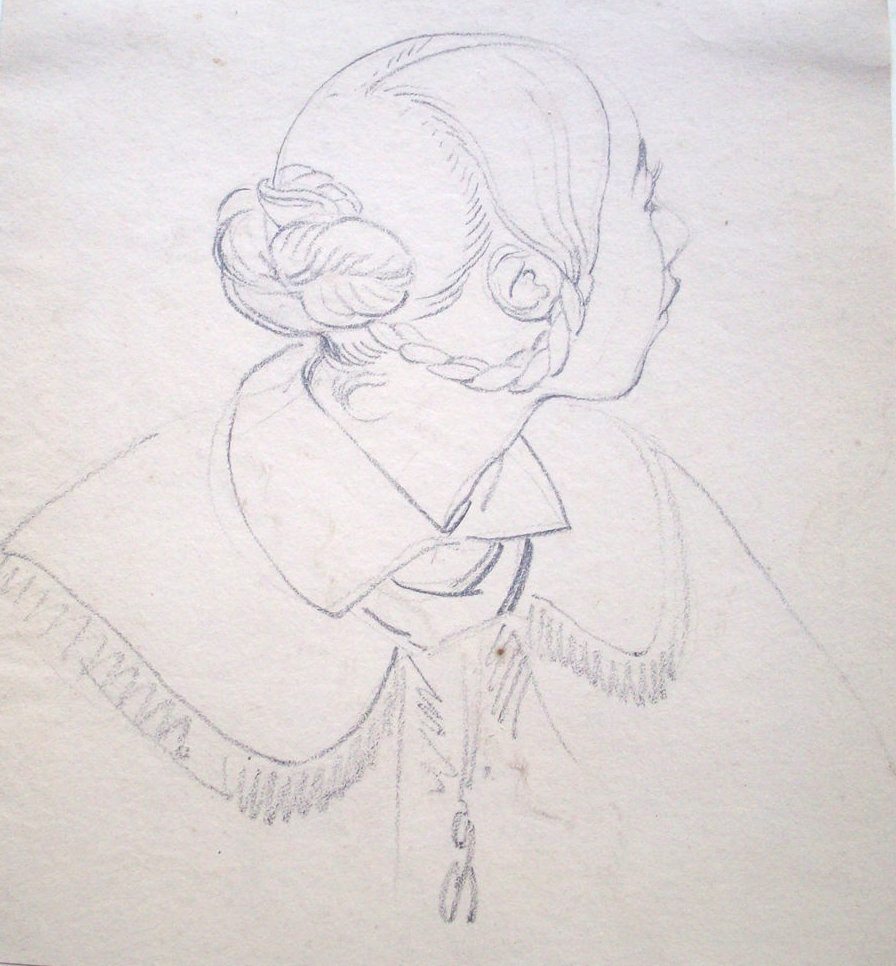

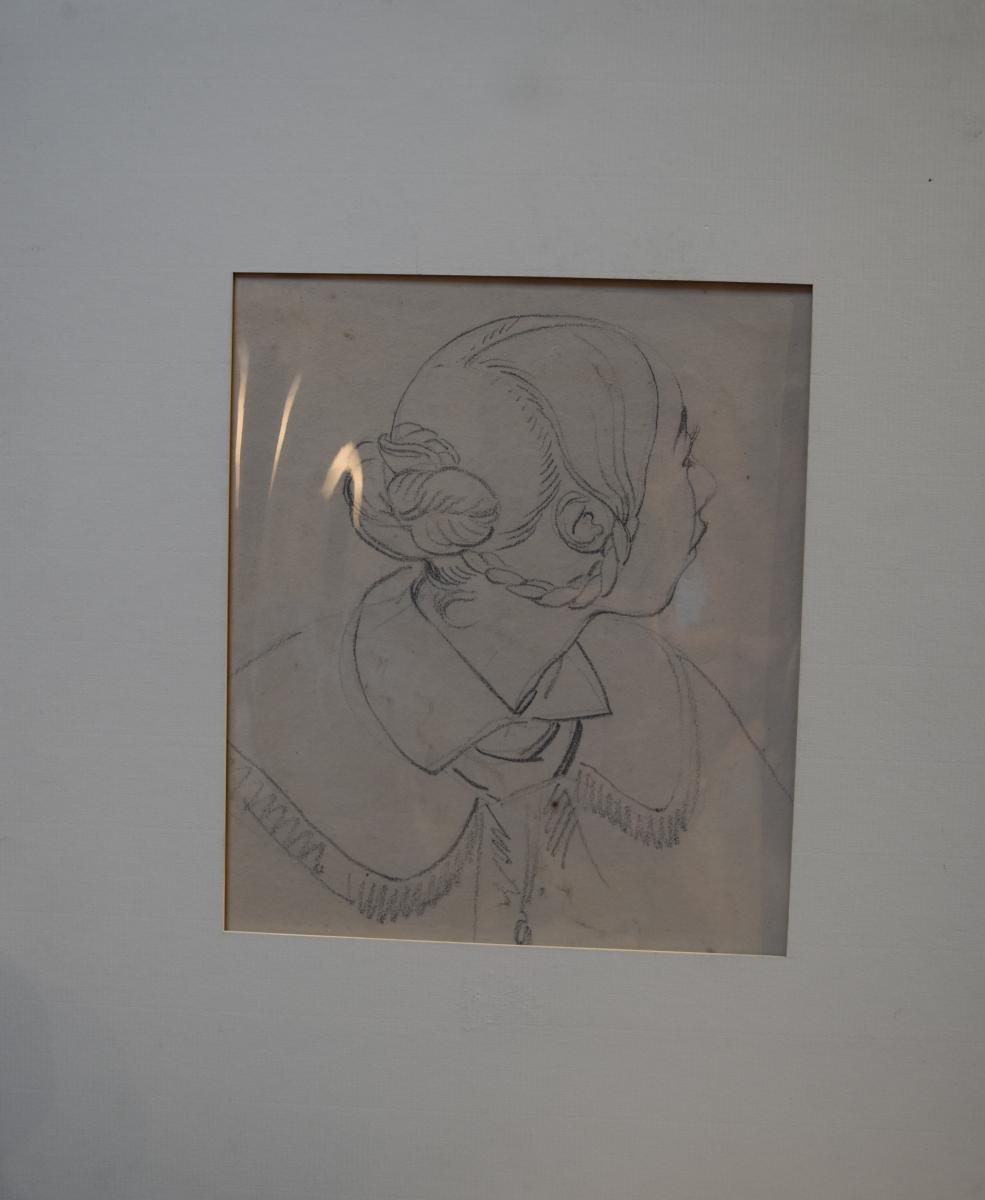
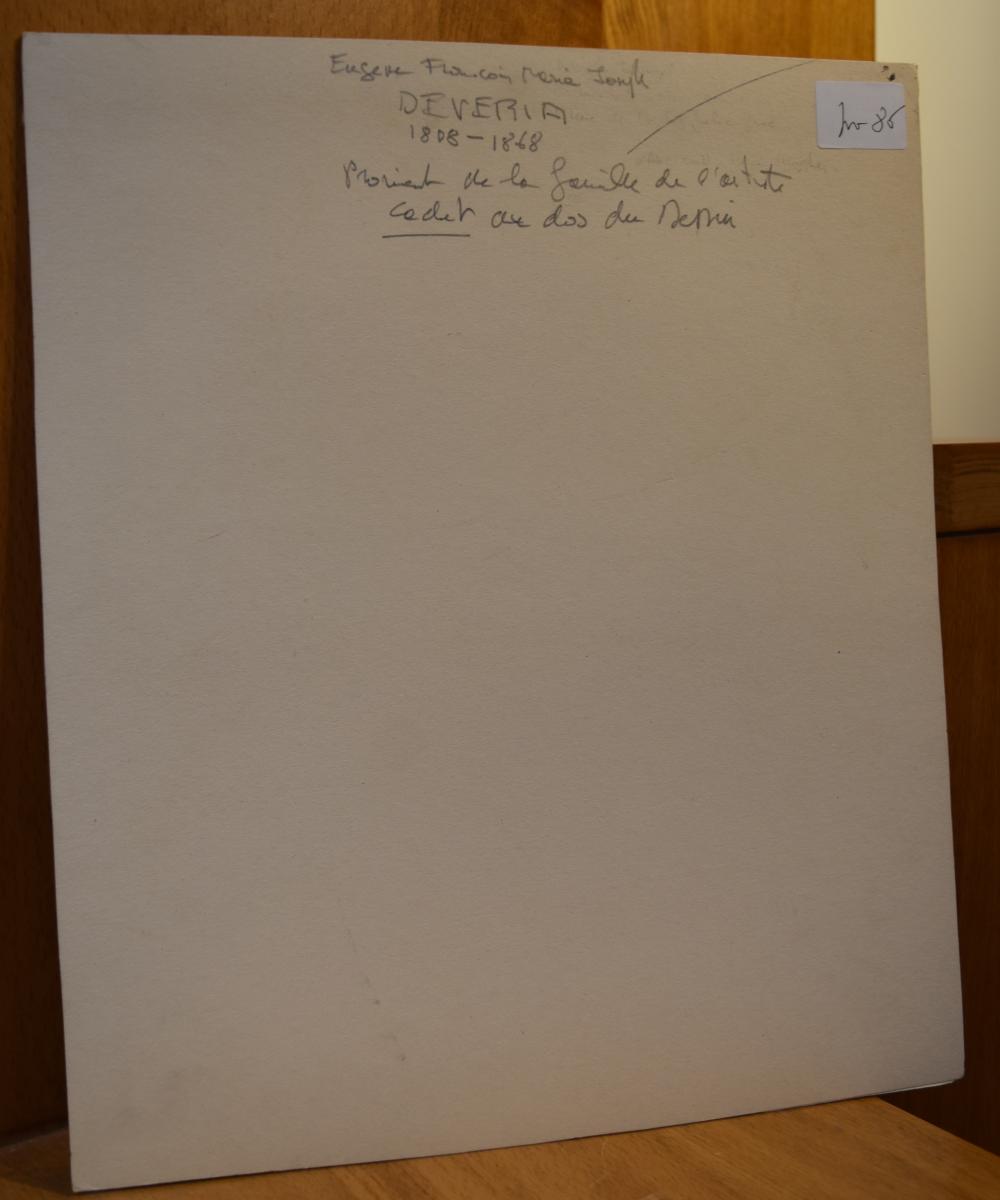















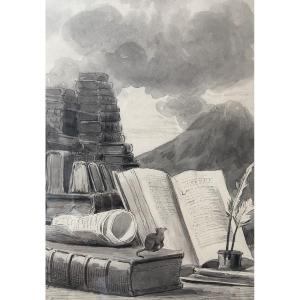
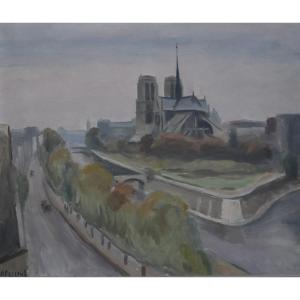
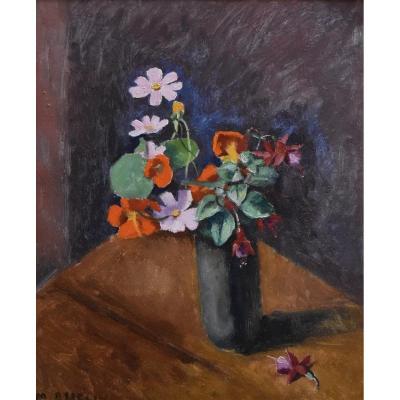
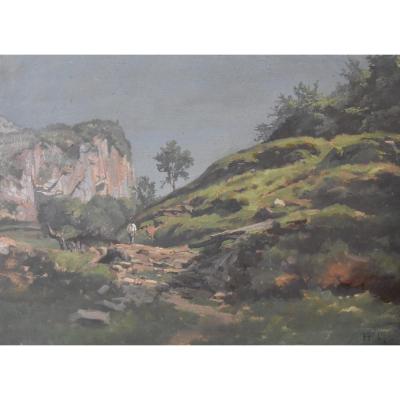



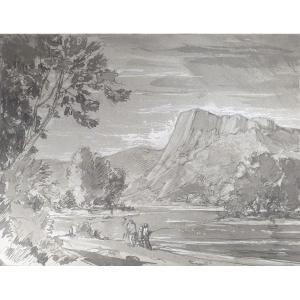


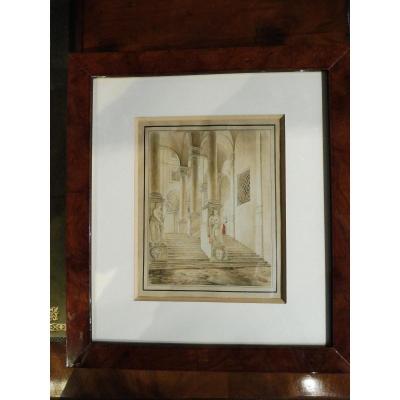




 Le Magazine de PROANTIC
Le Magazine de PROANTIC TRÉSORS Magazine
TRÉSORS Magazine Rivista Artiquariato
Rivista Artiquariato